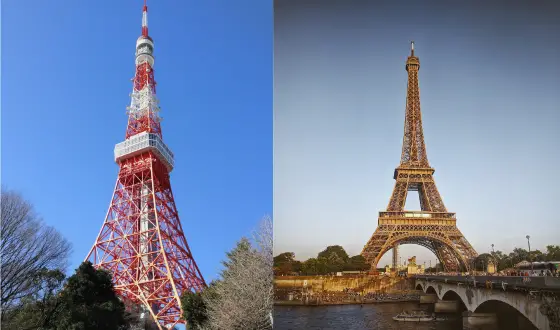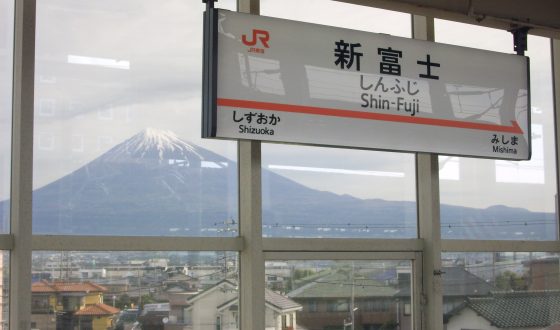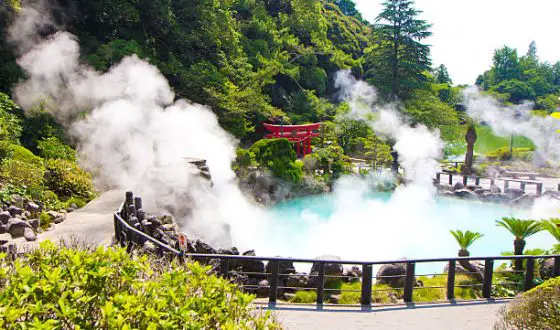Tokyo Water Bus Timetable: Researched by Experts
Tokyo, a bustling metropolis known for its vibrant culture and modern attractions, is also home to a unique and convenient mode of transportation: the water bus. With its extensive network of rivers and bay access, Tokyo offers tourists and locals the opportunity to explore the city’s stunning waterfront areas while enjoying a relaxing boat ride.
In this article, we will provide you with essential information about the Tokyo water bus timetable, and many other Tokyo water bus services.
Whether you’re planning a visit to the man-made islands of Tokyo Bay, such as Odaiba, or seeking a scenic journey along the Sumida River, we’ve got you covered. We will also share tips on how to make the most of your water bus experience and highlight the benefits of relaxing on a Tokyo water bus ride.
1. Overview of the Tokyo Water Bus Service
Tokyo, with its bay and interconnected rivers, offers several ferry companies that can be quite useful for tourists. The Water Bus services, known as Suijō Basu in Japanese, provide a delightful alternative to trains and subways when traveling to destinations near the water.
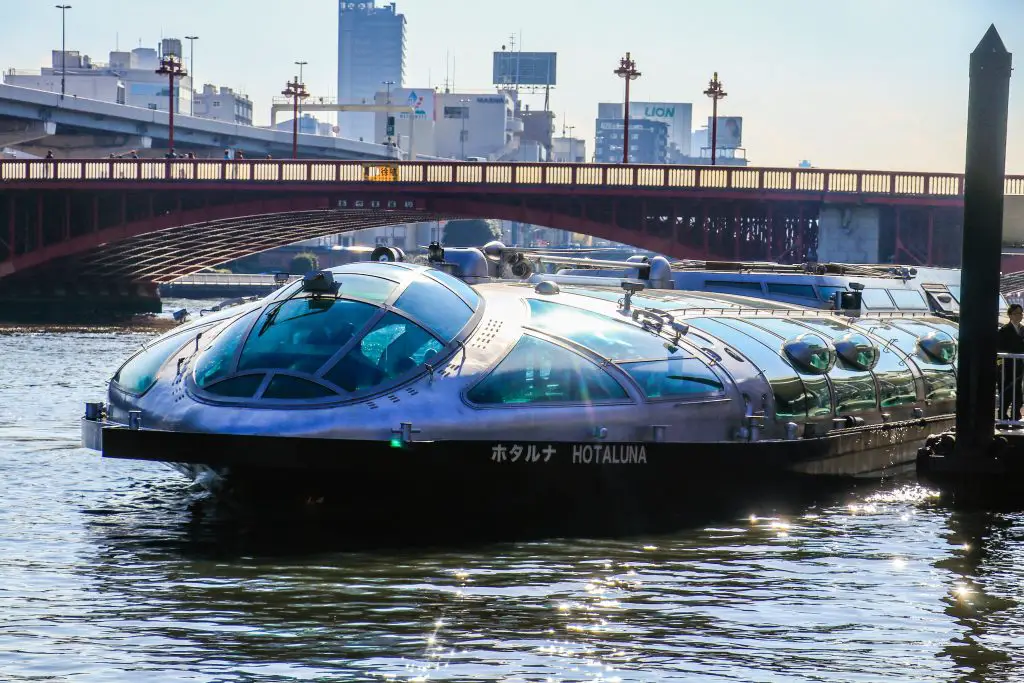
When going to locations close to the water, the Water Bus services – known as Suij Basu in Japanese – offer a delightful substitute for trains and subways. (Source: Internet)
The man-made islands of Tokyo Bay, particularly the Odaiba shopping and entertainment district, are easily accessible via water buses and are highly recommended for visitors. Additionally, the Water Bus routes cover the picturesque Sumida River, one of Tokyo’s most renowned waterways.
Each bridge that spans the river boasts a unique design, adding to the charm of the journey. By taking boats along the river, you can conveniently reach the vibrant areas of Asakusa and Ryogoku.
2. Tokyo Water Bus Timetable
Below we will list some of the most popular Tokyo water bus schedules. For more details about the route schedule, you can look up at the website of Tokyo Cruise Ship Co., Ltd.
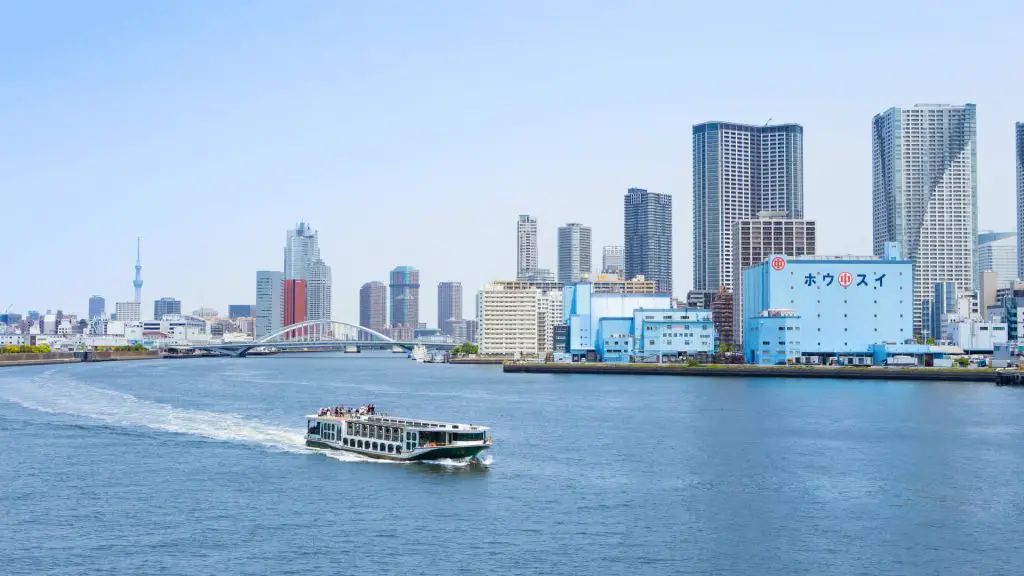
Below we will list some of the most popular Tokyo water bus schedules. (Source: Internet)
Asakusa-Odaiba Direct Line: The majority of water buses in Tokyo are operated by the Tokyo Cruise Ship Company. One of the most popular routes is the Asakusa-Odaiba Direct Line, which takes approximately 50 minutes and costs 1720 yen ($11.89). This route offers around 6 boats per day and is known for its strikingly designed boats with panoramic windows, including the famous Himiko.
Sumida River Line: The Sumida River Line runs from Asakusa to Hama Rikyu Garden in about 35 minutes, with a fare of 1040 yen ($7.19). The dock at Hama Rikyu is situated within the garden’s paid grounds, and the boat ticket includes admission to the garden.
From Hama Rikyu, the boats continue for an additional five minutes to the Hinode Pier. It takes about 40 minutes to reach Hinode from Asakusa, and the fare is 860 yen ($5.94). At Hinode, passengers can transfer to boats heading towards Odaiba. Please note that boats traveling in the direction of Asakusa do not stop at Hama Rikyu.
The Odaiba Line: It operates between Hinode and Odaiba Seaside Park, taking around 20 minutes and costing 520 yen ($3.59). There are approximately 2 boats per day on this route.
Additionally, the Tokyo Big Sight-Palette Town Line connects to the Tokyo Big Sight and Palette town attractions, with a journey time of about 25 minutes and a fare of 460 yen ($3.18). However, this line is currently out of service, and it does not operate on Mondays and Tuesdays (excluding national holidays).
For those looking for a shorter cruise experience, there are 30-minute mini-cruises available that depart and return to Asakusa. The fare for these mini cruises is 1200 yen ($8.30), and they operate hourly.
Editor’s note: Tips for Enjoying the Tokyo Water Bus Experience
- Arrive at the dock 15 to 20 minutes prior to departure to allow time for a bathroom break and to buy some drinks.
- If departing from Odaiba in the summer, purchase shaved ice from the cafe next to the ticket booth (great to eat on the boat’s roof). Purchasing drinks or a nice cup of coffee to enjoy the ride is also a good idea.
- If you’re sitting on top of the boat and wearing a hat, secure it because the wind can quickly blow your belongings away.
- For the best views, try to sit on top of the boat, but be careful if you have young children with you.
- If you’re taking a bike with you, you’ll need to purchase a ticket separately from your boat ticket for each bike.
You can also like:
- Among The Most Popular Sushi Rolls, Best Taste Goes To …
- The Best Japanese Rice Cookers That You Must Have in Your Kitchen
- Types Of Japanese Swords – A Way To Japanese Art Culture
3. Where to Find More Information About the Tokyo Water Bus Timetable
To find more information about the Tokyo Water Bus timetable, you can visit the official website of Tokyo Cruise Ship Co., Ltd., the company that operates the Water Bus services. The website details the various routes, timetables, fares, and other essential information. Here are the steps to access the information:
- Step 1: Open your preferred web browser.
- Step 2: Go to the official website of Tokyo Cruise Ship Co., Ltd.
- Step 3: Once on the website, look for a section dedicated to Water Bus services or timetables. It may be labeled as “Water Bus Timetable,” “Routes and Schedules,” or something similar.
- Step 4: Click on the relevant section or link to access the timetable information.
- Step 5: On the timetable page, you should be able to view the schedules for each Water Bus line, including departure and arrival times at different stops or destinations.
- Step 6: Take note of the desired line(s) and their corresponding timetable details.
Please note that the website may provide the information in Japanese, so you may need to use a translation tool or contact their customer service for assistance if you need help understanding Japanese.
4. Tips on How to Use the Tokyo Water Bus Timetable
Here are some tips to help you effectively use the Tokyo Water Bus timetable:
4.1. Familiarize Yourself with the Timetable
Take some time to study and understand the Tokyo Water Bus timetable. Pay attention to the departure and arrival times, as well as the routes and stops along the way. This will help you plan your journey and make informed decisions about which boats to catch.
4.2. Check for Updates
Prior to your trip, it’s always a good idea to check for any updates or changes to the timetable. Schedules can be subject to alterations due to weather conditions, maintenance, or special events. Visit the official Tokyo Water Bus website or contact the Tokyo Cruise Ship Company for the most up-to-date information.
4.3. Arrive Early
To ensure you don’t miss your desired water bus, arrive at the dock a few minutes before the scheduled departure time. This will give you ample time to purchase tickets, find a seat, and prepare for the journey. It’s better to be early than to risk missing your boat.
4.4. Plan Connections
If you need to transfer to another water bus or connect with another mode of transportation, carefully plan your connections using the timetable. Allow sufficient time between arrivals and departures to avoid rushing and potential delays. Be aware of any specific instructions or designated transfer points mentioned in the timetable.
4.5. Ask for Assistance
If you have any questions or need assistance with the timetable or directions, don’t hesitate to ask the staff at the dock or on the water bus. They are there to help and can provide you with accurate information and guidance.
4.6. Be Flexible
While the timetable provides a guide, keep in mind that unforeseen circumstances can sometimes cause delays or changes. Maintain some flexibility in your plans and be prepared to adjust your schedule if necessary.
5. Benefits of Relaxing on a Tokyo Water Bus Ride
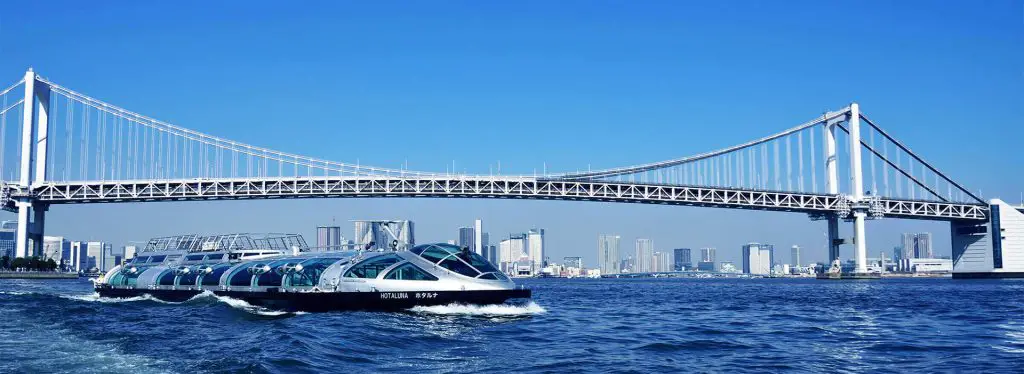
Beautiful views of the city are available from the water on Tokyo Water Buses. (Source: Internet)
Tokyo Water Buses offer stunning views of the city from the water. You can enjoy panoramic views of Tokyo’s skyline, iconic landmarks, and beautiful waterfront scenery. It provides a unique perspective that you wouldn’t get from traveling on land.
Water bus rides can be a peaceful and tranquil experience. As you glide along the water, you can escape the hustle and bustle of the city and enjoy a more serene environment. It’s an opportunity to relax, unwind, and take a break from the busy urban life.
Riding a water bus is a distinctive way to explore Tokyo. It adds a touch of novelty to your journey and creates lasting memories. It’s not just a means of transportation but an experience in itself.
Water buses provide a convenient transportation option for traveling between destinations that are near the water. They can be a convenient and efficient way to reach popular attractions and neighborhoods along the waterfront, such as Odaiba and Asakusa.
Tokyo Water Buses are designed with passenger comfort in mind. They typically have comfortable seating, large windows for better views, and amenities like restrooms on board. You can sit back, relax, and enjoy the ride in comfort.
Water buses offer an alternative to crowded trains and subways. Especially during peak hours or busy tourist seasons, opting for a water bus can provide a more spacious and comfortable travel experience.
Tokyo Water Bus rides are particularly enjoyable for tourists as they offer a unique way to sightsee and explore the city. It can be a memorable and leisurely way to discover Tokyo’s attractions and landmarks.
6. Holiday Timetables for Tokyo Water Bus Services
During holidays and special occasions, such as New Year’s Day, Golden Week (late April to early May), or Obon (mid-August), the Tokyo Water Bus services may have modified schedules or additional services to accommodate increased demand from tourists and locals. These modified schedules often aim to provide convenient transportation options for those looking to enjoy the city during holiday periods.
To find the holiday timetables for Tokyo Water Bus services, I recommend visiting the official website of the Tokyo Cruise Ship Company, which operates most of the water buses in Tokyo.
The company’s website should have up-to-date information on holiday schedules, including any changes or additions to the regular timetable. You can also contact the Tokyo Cruise Ship Company directly for detailed information about their holiday services.
7. What to Bring When Taking a Tokyo Water Bus Trip
When taking a Tokyo Water Bus trip, it’s helpful to bring a few essentials to ensure a comfortable and enjoyable experience. Here are some items you may want to consider bringing:
7.1. Valid Tickets:
Make sure to bring your valid water bus tickets or passes. It’s important to have them ready for inspection when boarding the water bus.
7.2. Identification:
Carry a form of identification, such as your passport or identification card, especially if you are a tourist. It may be needed for ticket verification or in case of any inquiries.
7.3. Comfortable Attire:
Dress comfortably for the weather and consider wearing layers as the temperature can vary on the water. Choose breathable clothing and comfortable shoes, especially if you plan to explore the destination after disembarking.
7.4. Camera or Smartphone:
Capture scenic views and memorable moments by bringing a camera or smartphone. The Tokyo Water Bus offers fantastic photo opportunities, so you’ll want to have a device handy to document your experience.
7.5. Cash or Payment Options:
Carry some cash in case you want to purchase onboard refreshments or souvenirs. Additionally, some water bus services may accept electronic payment methods like IC cards or credit cards, so it’s good to have those options available.
7.6. Waterproof Bag or Pouch:
Consider bringing a waterproof bag or pouch to protect your belongings, especially if you plan to sit on the open deck or near the water. It can safeguard your items from splashes or unexpected rain showers.
Remember to pack light and only bring essential items to ensure convenience during your Tokyo Water Bus trip. It’s also a good idea to check the specific guidelines or restrictions of the water bus service provider you’re using to ensure compliance with their policies.
8. Essential Information You Need to Know About the Tokyo Water Bus Services
Here is some essential information you need to know about the Tokyo Water Bus services:
- Service Provider: The Tokyo Water Bus services are primarily operated by the Tokyo Cruise Ship Company, which is responsible for managing the routes, schedules, and ticketing.
- Routes and Destinations: The water buses in Tokyo serve various routes and destinations. Some notable routes include the Asakusa-Odaiba Direct Line, Sumida River Line, Odaiba Line, and Tokyo Big Sight-Palette Town Line (currently out of service). These routes connect popular areas and attractions, such as Asakusa, Odaiba, Hama Rikyu Garden, and Tokyo Big Sight.
- Timetables and Schedules: The Tokyo Water Bus services operate on specific timetables and schedules, which can vary depending on the route and time of year. It’s advisable to check the official website of the Tokyo Cruise Ship Company or contact them directly for the most up-to-date information on timetables and schedules.
- Ticketing and Fares: Tickets for the Tokyo Water Bus can be purchased at the ticket counters located at the respective docks. The fares vary depending on the route and distance traveled. It’s recommended to check the official website or inquire at the ticket counters for detailed fare information.
- Facilities and Amenities: The water buses are equipped with facilities to ensure passenger comfort. They may have indoor and outdoor seating areas, restrooms, and onboard services like food and beverages for purchase. However, the availability of specific amenities can vary depending on the boat and route, so it’s advisable to check in advance.
- Scenic Views and Attractions: One of the highlights of the Tokyo Water Bus services is the opportunity to enjoy scenic views of Tokyo’s waterfront areas and iconic landmarks. As you cruise along the water, you can admire the city skyline, bridges, and attractions like Tokyo Tower, Rainbow Bridge, and Odaiba’s futuristic architecture.
Additional Information: It’s important to note that the Tokyo Water Bus services may have certain regulations or guidelines for passenger safety and comfort. Pay attention to any announcements or instructions provided by the crew during the journey.
9. FAQs
9.1. The Himiko water bus is how much?
One of the busiest routes, the Asakusa-Odaiba Direct Line, costs 1720 yen and travels the distance in about 50 minutes. It costs 1560 yen for adults to ride the Himiko ferry, which is renowned for its distinctive design.
9.2. How long is the journey by boat to Japan?
Direct sailing across the Pacific Ocean from California to Japan covers 5,150 nautical miles and takes between 30 and 60 days. Hawaii, which is halfway there, is another option, as are stops in the Marshall and Mariana Islands, which are closer to the Japanese mainland.
9.3. Is there a Himiko water bus in Tokyo?
The first futuristic vessel created by anime legend Leiji Matsumoto is named Himiko. It travels through Odaiba Marine Park from Asakusa’s Azuma-Bashi Bridge to Toyosu. The sleek, metallic silver body was designed with spaceship design in mind.
9.4. What is the cost of the Tokyo Sumida River Cruise?
5,000 yen for 15 minutes via the Direct Plan; 5,000 yen for 15 minutes as the standard fee for each trip via the Custom Plan. Depending on the boarding/destination locations. (Price per boat. You can board with up to 8 people.)
9.5. The Tokyo Bay Aqua Line costs how much?
Tolls on roads: Small car and motorcycle: 2,460 yen (with ETC card: 640 yen); regular car: 3,090 yen; large car and van: 3,700 yen; truck: 5,090 yen (1320 yen); oversize truck: 8,490 yen (with ETC card: 2,200 yen).
9.6. Which Tokyo train line has the highest fare?
The Hokuso Line has been referred to as Japan’s priciest train route. It costs 780 to travel from one end to the other, and 290 to travel from our station, Inzai Makinohara, to its neighbor to the west, Chiba New Town Chuo.
9.7. What line in Tokyo is the most practical?
Yamnote Line
JR trains, especially the Yamanote Line, are the best way to get around Tokyo. Since it merely circles central Tokyo and connects to most major hubs, it is frequently referred to as the JR Loop Line or Loop Line.
9.8. What does admission to Tokyo Sea Life Park cost?
700 yen
The last admission is at 4 p.m. The Tokyo Sea Life Park is open from 9:30 a.m. to 5 p.m. Wednesdays are also closed day. For adults, admission is 700 yen (about $6), and for children, it is 250 yen (about $2). The aquarium is just a short five-minute walk from the JR Kasai Rinkai Koen metro station and is situated in Kasai Rinkai Park.
9.9. Is Tokyo DisneySea open for just one day?
Yes, you can visit Tokyo DisneySea’s highlights in a single day. You will need at least two complete days to see everything. Tokyo DisneySea: Is it worthwhile? The only Disney park in the world, Tokyo DisneySea offers a distinctive experience.
9.10. What is Tokyo’s busiest corner called?
One of Tokyo’s most well-known landmarks, Shibuya Crossing has been featured in countless movies, publications, and blogs. At its busiest, a football stadium can quickly be filled by the estimated 1,000 to 2,500 people who cross this intersection every two minutes.
10. Conclusion
The Tokyo water bus timetable offers a convenient and scenic transportation option for exploring the city and its waterfront areas. It is a unique way to experience Tokyo’s beauty and attractions while enjoying a comfortable and enjoyable boat ride.


